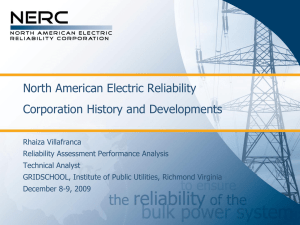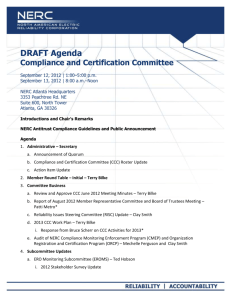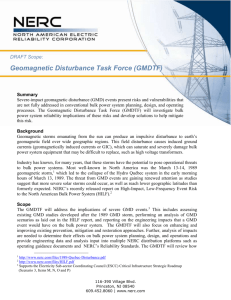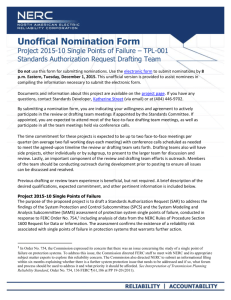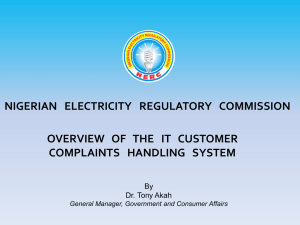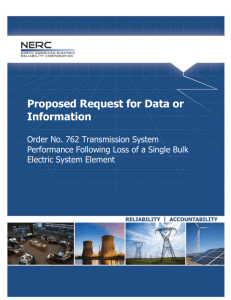ESCC Slick
advertisement
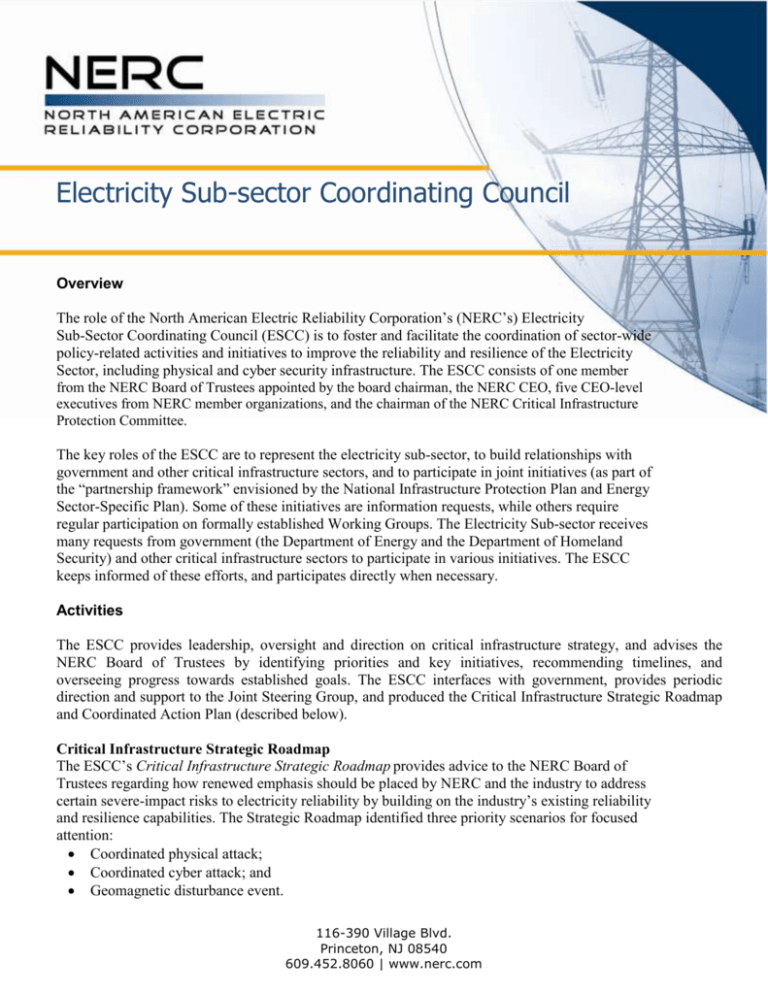
Electricity Sub-sector Coordinating Council Overview The role of the North American Electric Reliability Corporation’s (NERC’s) Electricity Sub-Sector Coordinating Council (ESCC) is to foster and facilitate the coordination of sector-wide policy-related activities and initiatives to improve the reliability and resilience of the Electricity Sector, including physical and cyber security infrastructure. The ESCC consists of one member from the NERC Board of Trustees appointed by the board chairman, the NERC CEO, five CEO-level executives from NERC member organizations, and the chairman of the NERC Critical Infrastructure Protection Committee. The key roles of the ESCC are to represent the electricity sub-sector, to build relationships with government and other critical infrastructure sectors, and to participate in joint initiatives (as part of the “partnership framework” envisioned by the National Infrastructure Protection Plan and Energy Sector-Specific Plan). Some of these initiatives are information requests, while others require regular participation on formally established Working Groups. The Electricity Sub-sector receives many requests from government (the Department of Energy and the Department of Homeland Security) and other critical infrastructure sectors to participate in various initiatives. The ESCC keeps informed of these efforts, and participates directly when necessary. Activities The ESCC provides leadership, oversight and direction on critical infrastructure strategy, and advises the NERC Board of Trustees by identifying priorities and key initiatives, recommending timelines, and overseeing progress towards established goals. The ESCC interfaces with government, provides periodic direction and support to the Joint Steering Group, and produced the Critical Infrastructure Strategic Roadmap and Coordinated Action Plan (described below). Critical Infrastructure Strategic Roadmap The ESCC’s Critical Infrastructure Strategic Roadmap provides advice to the NERC Board of Trustees regarding how renewed emphasis should be placed by NERC and the industry to address certain severe-impact risks to electricity reliability by building on the industry’s existing reliability and resilience capabilities. The Strategic Roadmap identified three priority scenarios for focused attention: Coordinated physical attack; Coordinated cyber attack; and Geomagnetic disturbance event. 116-390 Village Blvd. Princeton, NJ 08540 609.452.8060 | www.nerc.com Coordinated Action Plan In order to address the recommendations of the High-Impact, Low-Frequency report and the objectives of the Critical Infrastructure Strategic Roadmap, the chairs and vice chairs of the technical committees met with NERC staff and jointly prepared a Coordinated Action Plan. The plan: Describes four severe-impact scenarios as proxies to address high-impact, low-frequency events; Proposes specific initiatives to address these scenarios that build on the existing capabilities of the industry to further enhance reliability, security, resilience, and restoration; Provides an action plan for each initiative to develop prevention and mitigation options, including key deliverables and projected milestones; and Proposes how this work should be structured through an organized combination of industry-led task forces and NERC staff initiatives. The ESCC also: Serves as the Electricity Sector representative to the Partnership for Critical Infrastructure Security; Provides strategic direction to NERC in its role as the operator of the Electricity Sector Information Sharing and Analysis Center; and Provides policy guidance to the U.S. Department of Energy as the government sectorspecific agency under the sector partnership framework as defined by the National Infrastructure Protection Plan. Status Progress made during 2010 included issuing several Alerts and Recommendations, developing the Strategic Roadmap, and a successful industry ballot on Critical Infrastructure Protection Reliability Standard 002-4 to establish bright line critical assets identification criteria. 2011 progress includes a closer partnership with the Department of Energy labs to enhance intrusion monitoring and detection capabilities on energy management systems, and a NERC-led cyber security exercise involving a large number of entities. Impact on the Electricity Sector The ESCC works to improve the reliability and resiliency of the Electricity Sector through coordinating the Electricity Sector’s activities with government agencies and other critical infrastructure sectors. 2


